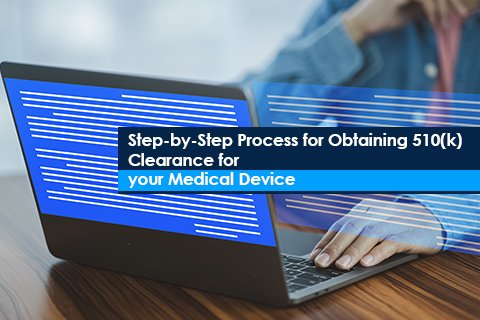Post-Approval Change Management of 510(k) Clearance

Post-approval change management is the process of monitoring and maintaining the safety, effectiveness, and performance of a medical device after it has received Regulatory approval and has been placed on the market. This process involves continuous evaluation and management of changes to the device, including changes to its design, labeling, manufacturing, and usage. The objective of post-approval management is to ensure that medical devices continue to meet Regulatory requirements and provide the intended benefits to patients and healthcare providers.


